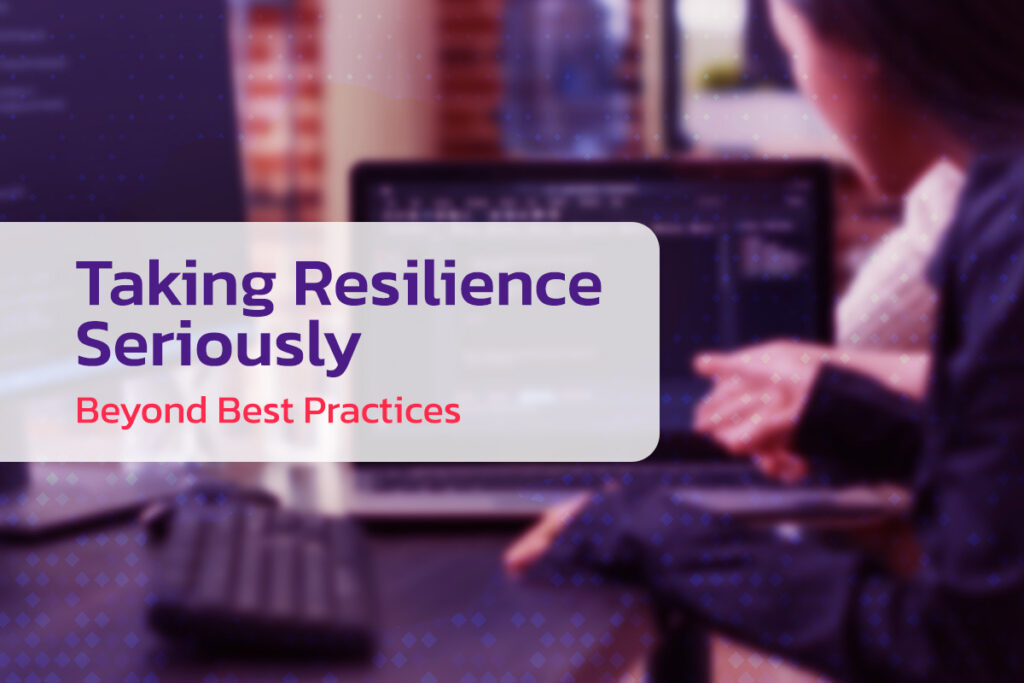Resilience is often an afterthought. We build systems with recommended practices like microservices and high availability, assuming that’s sufficient. But what happens during unforeseen events? Can we handle critical service failures or malfunctioning failovers? While a minor outage might inconvenience small businesses, large-scale operations can lose thousands of transactions and millions in revenue.
Performance Testing vs. Resiliency Testing
Performance testing is standard procedure, but resiliency testing is often neglected. We fail to ask critical questions: How does a service instance failure impact the system? Does our clustered RabbitMQ handle failover as designed? These infrastructure-level concerns deserve higher priority in decision-making.
Learning from AWS: Cell-Based Architectures for Scalable Resilience
At AWS re:Invent 2023, a session discussed resiliency in large-scale systems ([AWS re:Invent 2023 – Resilient architectures at scale: Real-world use cases from Amazon.com]). They employed a cell-based architecture to isolate failures. Each cell is a fully-fledged deployment stack, resembling multi-region/multi-cluster systems with a cell router acting as a traffic/policy manager. While our current systems might not require this level of complexity, understanding such approaches is valuable for future considerations.
Conclusion
The pursuit of true system resilience is an ongoing journey, not a one-time destination. By actively testing, embracing a culture of questioning, and staying informed about cutting-edge advancements, we can build systems that can withstand the test of time and unexpected challenges. Let’s move beyond the illusion of resilience and build systems that are truly prepared for anything.
… … …
Stay updated with our news and events on our Facebook Fanpage, Linkedin and for consultation, visit our website.






























